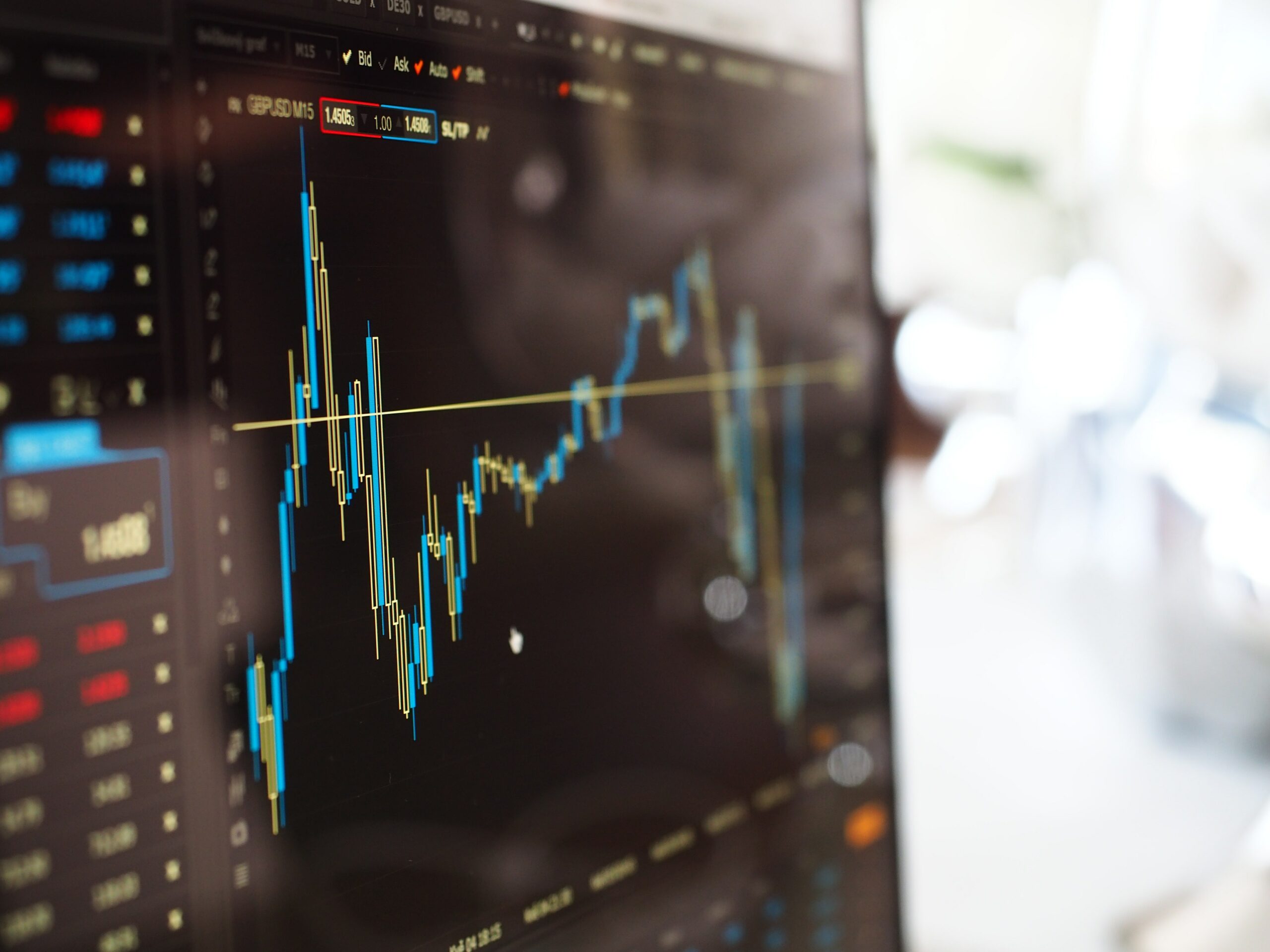
Free flow of information – Fact-based choice of Casino
For those of you who stay up to date on crypto and digital trends, it…

You may be familiar with many different platforms for trading securities such as stocks , mutual funds and currencies. How do these actually work, and which ones are appropriate to use?
A market? Like a city center where people used to sell fish and bread?
Experts from all over the world, business schools, financiers and news anchors talk at length about this “market”. How is this really related? Is there a market like in the past when people bought and sold goods physically in a city center?
The short answer: Yes, indeed. To a very large extent!
The Oxford Dictionary defines a market as “An activity, arrangement or event in which people buy and sell goods.” It’s so easy and so difficult.
The “market” is thus more to be considered an activity, which is shared between many people, than a “place”. A market without participants is just an open space. A random place where people trade becomes a market.
How does this fit in with online markets? When I buy a product, or a service, does it mean that someone has to sit on another PC somewhere in the world and press “sell” at the same time, and at exactly the same price?
Well, yes – and no.
Let’s take the first thing first: In order for you to buy an item, someone must actually sell it. Be it private individuals, or larger funds or professional players. It is not at all the case that eToro or Binance have a kind of “inventory” with cryptocurrencies, which they decide for themselves how expensive and how cheap they should sell for.
At the same time, it is not the case that you happen to have to buy in the same second as someone else presses “sell”. This is where stop-loss and take profit come into the picture.
We have all seen the graphs moving “up, down and in fu ** ing circles”. What do they really mean?
It’s easy to think they’re in real time. That is, they represent what the price is “right now”. This is not the case, but this is a very theoretical difference. These graphs necessarily represent the previous trade made with the value. So it is not in the “present”. It shows at best something like “One minute ago”, or maybe even “one second ago”.
But why is this important? “Now” and “a second ago” are about the same, aren’t they? The important difference is that you have no guarantee that the price stays where it was just. That someone bought your share for NOK 10,000 a second ago does not necessarily mean that someone else will do the same thing in one second.
What are stop-loss and take-profit?
A stop-loss is a restriction an owner of a value has placed on their platform, which states that “If the price of my value has dropped all the way down here, then it can be put up for sale automatically.” In the same way, “take profit” when you own a stock, and think that “this is as good as it gets”, and insists that your platform will sell automatically to anyone and everyone who bids as high as this.
This is one of several ways it seems that there are “always” sellers out there, who are willing to get rid of the shares, or their crypto, only the price is right.
So which exchanges are there for crypto, for example, and what are their differences?
What such platforms exist? Here, pengenytt.no has written about how to buy cryptocurrency on the stock exchange and about tips and tricks to get ahead.
Let’s look at the first thing first: What is a crypto exchange really, and why is this important? How do you know a good crypto exchange from a bad one?
The obvious answer is, perhaps of course, that a crypto exchange is a website (online market?) Where you can easily buy crypto and crypto-related resources.
Many crypto platforms also offer other stocks, mutual funds, companies, ETFs, etc., but this is not a requirement to be able to call oneself a crypto platform.
The platforms mentioned in pengenytt.no are eToro, Crypto.com, Skilling, PancakeSwap, Libertex and Capital.com.
Furthermore, they try to create clarity in exactly how to proceed to build you a clear picture of what it takes to get clarity in precisely this by choosing a platform to explore further. How do the different platforms look in terms of selection, for example? Is there a solid selection with values in all of the platforms, or are some better than others here?
What about regulations and security? Like most markets in its youth, Krypto is unfortunately characterized by rogue players, who try to get their hands on well-meaning investors’ funds, with either dubious or downright fraudulent ulterior motives. It is therefore important to do thorough research to see which platforms are credible and which are not.
You can also read about factors such as strategy plans and help, fees, and how to get started.
We wish you all the best of luck in your research, and in any trade!